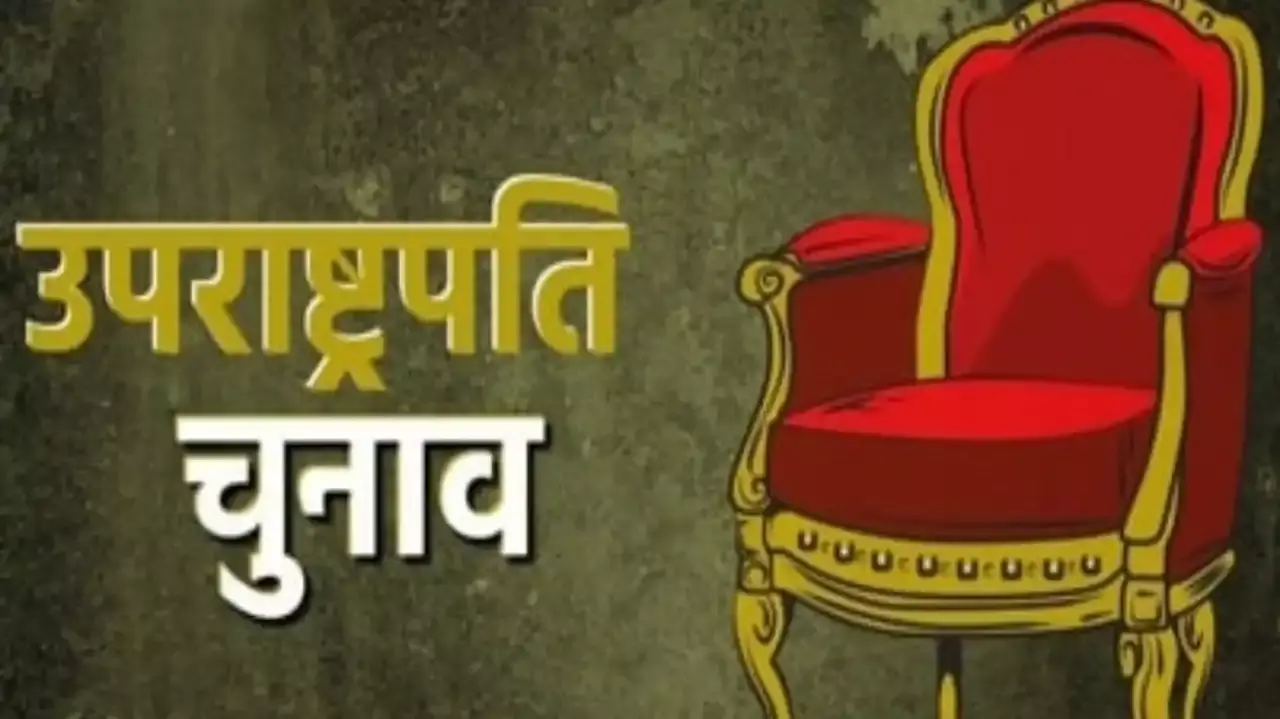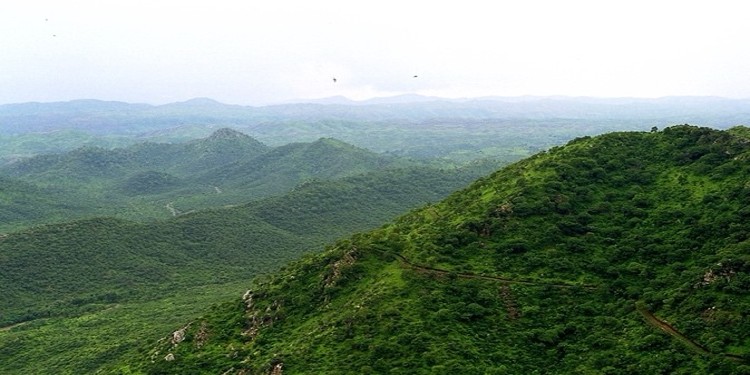LINKAGE BETWEEN DEVELOPMENT AND SPREAD OF EXTREMISM
In India, Socio-economic development among major states is….. not uniform. Economic disparities have created ……social tensions, urban unrest, rural upsurge and youth disenchantment.
Reasons for Extremism-
Problems of …..Deprivation, Unemployment, Poverty, Hunger and Food shortage, lack of housing, overcrowding, and Degradation of basic amenities have given rise to anger , crime ,terrorism& extremism
Terrorism
Terrorism is not only a burning issue in India but it is often debated issue allover the world.
Terrorism means to use machinery of Terror, like w.m.d., explosives, land-mines, biological weapons, chemicals weapons, internet etc. against the state & civilians for sake of fulfillment of certain objectives or goals which may be realistic or unrealistic.
A Transnational Phenomena-
With Globalization of economy there is globalization of terrorism. The terrorism began in world from France during French revolution in 1789 & gradually it became a rule to gain power.
After that it spread in number of parts of the world.
-In Srilanka it spreaded in form of LTTE,
- Israel it is in the form of Hamas & Al-Fattah(PLO),
-Ireland it is in the form of I.R.A., in
-Colombia it is in the form of R.A.F.C. (Revolutionary armed force of Columbia.)
Insurgency?
An insurgency is an armed rebellion against a constituted authority when those taking part in the rebellion are not recognized as belligerents.
In case of Indian scenario it can be seen as armed rebellion and violent protests against Indian Government or authority.
Insurgency is normally within country.
It represents deeper issues in society.
LINKAGES BETWEEN DEVELOPMENT AND LEFT WING EXTREMISM
Naxalism in India-
Peasant uprising of 1967 in a small village called Naxalbari in West Bengal has spread to the adjoining states, forming a Red Corridor of Terror and Violent attacks in the Eastern part of India.
In 1967, a landless labour Bighal kisan was made owner of land, but when he went for possession for land he was physically beaten by landlords.
Bighal kisan organized oppressed landless labour & revenged from Landlords. Communist leader Charu Mazumdar & Kanu Sanyal supported & Naxalism began.
Part of this spread of Naxal Movement is blamed on the mis-governance in this geographically difficult terrain, whereas rest is blamed on the opportunistic, violent ideological expanse of Naxals, getting support from the adjoining countries for their survival.
Today, the …..Maoist movement has spread to central and eastern India .
The movement has been characterized by factionalism through the last three decades. Even so, Maoist violence has been observed to have escalated since 2004 in different states in India and the intensity of Violence is increased since 2008 but in recent times it has been decreased.
Communist Party of India-Maoist (CPI-Maoist)-
The landmark development towards this was merging of two large splinter groups
-People's War Group (PWG) and the
-Maoist Communist Centre of India (MCC)
to form the Communist Party of India-Maoist (CPI-Maoist) in 2004.
UAPA- Unlawful Activities (Prevention) Act
All forms of naxalite organisations have been declared as terrorist organizations under the Unlawful Activities (Prevention) Act of India (1967).
According to the Government of India, now 83 districts across nine states are affected by Left Wing Extremism down from 180 districts in 2009.
The geographical influence of left-wing extremism had contracted to 46 districts in the country in 2021 from 96 districts in 10 states in 2010 .(Ministery of Home affairs)
Forest Protection Act of 1980-
Government enacted the Forest Protection Act of 1980. Although the legislation was an attempt to protect the country's natural resources from exploitation, by assigning forest officials extraordinary powers to regulate development and even habitation rights,
The law essentially outlawed the existence of many tribal villages that had been in place for centuries.
Areas with Naxalite activity in 2007 (left) and in 2013 (right).
As areas were delineated as reserve forests, traditional occupations of even gathering twigs were forbidden. People who earned their livelihood through access to forest resources in a sustainable manner suddenly found themselves outside the law.
Further, this Act did not distinguish between habitations that existed within the forests for generations;
The habitants suddenly found themselves to be encroachers on their own traditional land, leading to the tribal alienation in most parts of these areas.
The Odisha gap-The red corridor is contiguous from India's border with Nepal to the northernmost fringes of Tamil Nadu. -There is a significant gap consisting of coastal and some central areas in Odisha state, where Naxalite activity is low and indices of literacy and economic diversification are higher is known as Orissa Gap. - However, the non-coastal districts of Odisha, which fall in the red corridor have significantly lower indicators, and literacy throughout the region is well below the national average. - The BSF has announced that the "Naxalism is continuing its last breath in Odisha" and Odisha will be Naxal-free in 2026. |
Scheduled Tribes & Other Traditional Forest Dwellers (Recognition Of Forest Rights Act) 2006-FRA
Who can claim these Rights?
Scheduled Tribes who primarily reside in and who depend on the forests or forest lands
Who has for at least three generations (75 years) prior to the 13th day of December, 2005 primarily resided in forests land .
The Gram Sabha is the authority to initiate the process for determining the
-Individual Forest Rights (IFR) or
-Community Forest Rights (CFR) or both that may be given to
-forest Dwelling Scheduled Tribes (FDST) and
-Other Traditional Forest Dwellers (OTFD ) Ex- : Dalits, Bahujans, Nomadic communities, and Pastoralist communities.
The rights are coupled with sustainable use, conservation of biodiversity and maintenance of ecological balance.
Title rights
Right to ownership to land farmed by tribals or forest dwellers subject to a maximum of 4 hectares.
Use rights
The rights of the dwellers extend to extracting Minor Forest Produce, grazing areas, to pastoralist routes, etc.
Relief and development rights
Rehabilitation in case of illegal eviction or forced displacement and to basic amenities, subject to restrictions for forest protection
Forest management rights
It includes the right to protect, regenerate or conserve or manage any community forest resource which they have been traditionally protecting and conserving for sustainable use.
STRUCTURE OF NAXALISM
Naxalism in M.P.,Chattisgarh ,Orissa,West Bengal is tribal naxalism.
It’s main group is PWG(Peoples war Group) headed by by Konda pillai Sitarammaiya.
It entered from Chhattisgarh into Southern M.P. Now it is spreaded in Balaghat, Mandla etc. There is following structure -
A) Central committee :- It is divided into 3 divisions-
(a) Urban division, (b) Rural division (c) Forest division.
B) Provincial Committee:-
C) District Committee:- The naxalite has two groups at district level-‘
(i) Dalam :-
It is underground group, they are responsible for whole execution. There head is commander who has AK-47 or 56. There are some women in it. Apart from preparing food they also work for their entertainment. The dalam is trained in Gurrila warfare. The members of dalam are known as Nakchare or Vanchare .
They organize the people’s court.
(ii) Sangam:-
Their external structure is known as sangam. The members of sangam live among people. They may be in the form of leader, journalist or may be in any other form. Members of sangam send information to dalam.
Techniques of Naxalites-
1) To survey the areas & to search hide outs & target like minded people.
2) To Demoralized the police, took help of explosives & to keep an impact on public.
3) To make Naxalism as people’s movement .
4) Try to capture the power.
There are following demands of Naxalites :-
1) Better wages to labour.
2) Better execution of land reform.
3) To enhance literacy.
4) Irrigation projects.
5) Remunerative minimum support prices.
6) To make available fertilizers, seeds at remunerative prices.
Ex PM Dr. Manmohan Singh identified the problem of Left Wing Extremism as "the single biggest internal security challenge ever faced by our county".
In terms of fatalities, the Naxalite violence has surpassed militancy in Jammu & Kashmir and the insurgency movements in the Northeast.
The areas affected by intense Maoist violence are distressed by the below mentioned common indicators which give rise to people's grievances and support to the Naxal movement in these areas.
Reasons for Insurgency/Naxalism are-
1. The governance deficit-
Which focuses on access to primary and secondary education, basic sustainable employment, basic healthcare facilities, drinking water, Law & Order, Grievance redressal and the Public Distribution System.
2. Geographical indicators –
Challenging Terrain, forest cover in the area ,Rainfall and inaccessibility of these areas.
3. Social and economic indicators-
level of poverty, class and caste divisions, gainful employment of the youth, Low level of industrialisation and land holdings.
4. Miscellaneous indicators –
Drug trafficking, youth population component, religion and conversion issues, role of women and environment indicators.
5-Collaboration with International Maoist movements –
The nexus may give it a much more dangerous dimension, to tackle which, India seems to be unprepared.
There have been increasing evidences of International Maoist Organizations in the adjoining countries extending financial and ideological support to the Indian Naxals.
Government’s Approach to Counter Naxalism-
Left Wing Extremism Division was created in 2006 in the Ministry of Home to effectively address the Left Wing Extremist insurgency in a holistic manner.
1- CENTRAL ARMED POLICE FORCES (CAPFS)
81 Battalions of CAPFs arc currently deployed for assisting the State Police in the States of Andhra Pradesh, Bihar, Chhattisgarh, Jharkhand, Madhya Pradesh, Maharashtra, Odessa, Uttar Pradesh and West Bengal. This number is likely to increase further.
2-CoBRA BATTALIONS- Commando Battalions for Resolute Action
Battalions of Special Force trained and equipped for counter-insurgency and jungle-warfare operations, named as… Commando Battalions for Resolute Action (CoBRA) have been raised as a part of the Central Reserve Police Force (CRPF). These Battalions have been deployed in the LWE affected States.
3-SECURITY RELATED EXPENDITURE (SRE) SCHEME
Under this the Union Government reimburses the expenditure relating to …..Ex-gratia payment(By virtue of grace/Voluntry), training and operational needs of security forces, as also for assistance to Left Wing Extremist cadres who surrender in accordance with the surrender and rehabilitation policy of the State Government concerned, community, policing, security related infrastructure for village defense committees and publicity material.
4-FORTIFIED POLICE STATIONS
The Central Government has been implementing a scheme to assist the State Governments in construction/strengthening of 2 crore each in Left Wing Extremist affected Districts on 80:20 basis.
5-SCHEME FOR SPECIAL INFRASTRUCTURE-
This Scheme is under Modernization of Police Forces .Under the scheme funds are provided to States for strengthening the infrastructure related to Security.
These sanctioned works include 250 Fortified Police Stations , Upgrading existing roads/tracks in inaccessible areas, providing secure camping grounds and helipads at strategic locations in remote and interior areas, measures to enhance security in respect of Police Stations/Out posts located in vulnerable areas, etc.
6-INDIA RESERVE BATTALIONS
37 IR battalions were sanctioned to 09 affected States, of which 33 have been raised. One IR Bn each in Andhra Pradesh, Jharkhand and Maharashtra has been converted into Specialized India Reserve Battalions (SIRBs). Besides, 09 new SIRBs have been sanctioned to the LWE affected States of Andhra Pradesh (i), Bihar (i) Chhattisgarh (2), Jharkhand (2) Odessa (2) and Maharashtra (1).
7-CIAT- Counter Insurgency and Anti Terrorist SCHOOLS
During the 11th Plan period, a scheme was approved to setup 20 Counter Insurgency and Anti Terrorist (CIAT) Schools, 04 School sin Assamand16in LWE Affected States.
The Ministry of Home Affairs is providing an amount of 1.5 crore to each school for development of infrastructure. The Ministry is also bearing recurring expenditure there on and for equipment upgradation.
The land for these schools is provided by the State Governments. They would also provide administrative support for running the Schools.
8-The Greyhounds-
An elite commando force of Andhra Pradesh, India created to combat left wing extremists.
It is considered the best anti Naxalite force in the country, even above the CRPF’s CoBRA which has more men, budget and better arms than the Greyhounds.
9-OPERATION GREEN HUNT
It was the name used by the Indian media to describe the “all-out offensive” by government of India’s paramilitary forces and the state’s forces against the Naxalites. The operation is believed to have begun in November 2009 along five states in the Red Corridor.
10-RECRUITMENT IN CENTRAL ARMED POLICE FORCES (CAPFS)
In order to wean away the potential youth from the path of militancy or Left Wing Extremism, recruitment guidelines have been revised to permit 40 % recruitment in CAPFs from the border areas and areas affected by militancy or Left Wing Extremism.
11-Monitoring of Implementation of Flagship Programmes; NITI Ayog has been monitoring the implementation of Flagship Programmes in 82 Integrated Action Plan (IAP1 districts and also reviewing the progress of implementation through Video Conferencing of the following schemes:
(a) Pradhan Mantri Gram Sadak Yoiana (PMG-SY);
(b) National Rural Health Mission (NRHM);
(c) Ashram Schools;
(d) Mahatma Gandhi National Rural Employment Guarantee Act (MGNREGA);
(e) Sarva Shiksha Abhiyan (SSA);
(f) National Rural Drinking Water Programme (NRDWP);
(g) Rajiv Gandhi Grameen Vidyutikaran Yojana (RGGVY);
(h) Integrated Child Development Services (ICDS);
(i) Indira Awaas Yojana (LAY);
(j) Scheduled Tribes and Other Traditional Forest Dwellers (Recognition of Forest Rights) Act, FRA-2006.
12-SURRENDER AND REHABILITATION POLICY
At present the rehabilitation package, includes a stipend of –
- Rs 1.5 lakh and incentives for surrender of weapons.
-Rs 2000 for three years, vocational training .
|
Central Scheme for Assistance to Civilian Victims/ Family of Victims of Terrorist/Naxal/Communal violence The broad aim of the Scheme is to assist families of victims of Terrorist, Communal and Naxal violence. An amount of 3 lakh is given for each death or permanent incapacitation to the affected family under the scheme. The amount of 3 lakh would be put in a fixed deposit account in a Nationalized Bank for a minimum lock-in-period of 3 years. The interest on the above sum would be credited directly by the bank to the beneficiary's saving account on a quarterly basis. |
13-SALWA JUDUM CHATTISGARH EXPERIMENT
SALWA JUDUM
(meaning "Peace March" or "Purification Hunt" in Gondi language) was a militia that was mobilised and deployed as part of anti-insurgency operations in Chhattisgarh, India, aimed at countering Naxalite violence in the region.
The militia, consisting of local tribal youth, received support and training from the Chhattisgarh state government.
The Chhattisgarh state Police employs tribal youths as SPOs (Special Police Officers), which are essentially 4,000 youth, both ex-Naxalites and those drawn from Salwa Judum camps in the Bastar region, who are paid an honorarium of Rs 1,500 (Rs 3000 in 2011)per month by the state government, were trained by with mostly .303 rifles.
In Feb 2011, the Supreme Court in India declared such arming of civilians illegal.
In 2008, there were 23 Salwa Judum camps in Bijapur and Dantewara districts of Bastar region where almost 50,000 tribals from over 600 villages had settled. The government has now discredited the Salwa Judum movement .
On 5 July 2011, the Supreme Court of India declared the militia to be illegal and unconstitutional, and ordered its disbanding. The Court directed the Chhattisgarh government to recover all the firearms, ammunition and accessories.
The use of Salwa Judum by the government for anti-Naxal operations was criticised for its violations of human rights and poorly trained youth for counter-insurgency roles. It also ordered the government to investigate all instances of alleged criminal activities of Salwa Judum.
On 25 May 2013, its founder Mahendra Karma, who had become a senior Indian National Congress party leader was killed in a Naxaliteattack along with other party members in Darbha Valley of Chhattisgarh, 400 km south of Raipur and……… 50 km from Jagdalpur
---------------.



.jpg)
.jpg)
.jpg)
.jpg)
.jpg)
.jpg)

.jpg)



